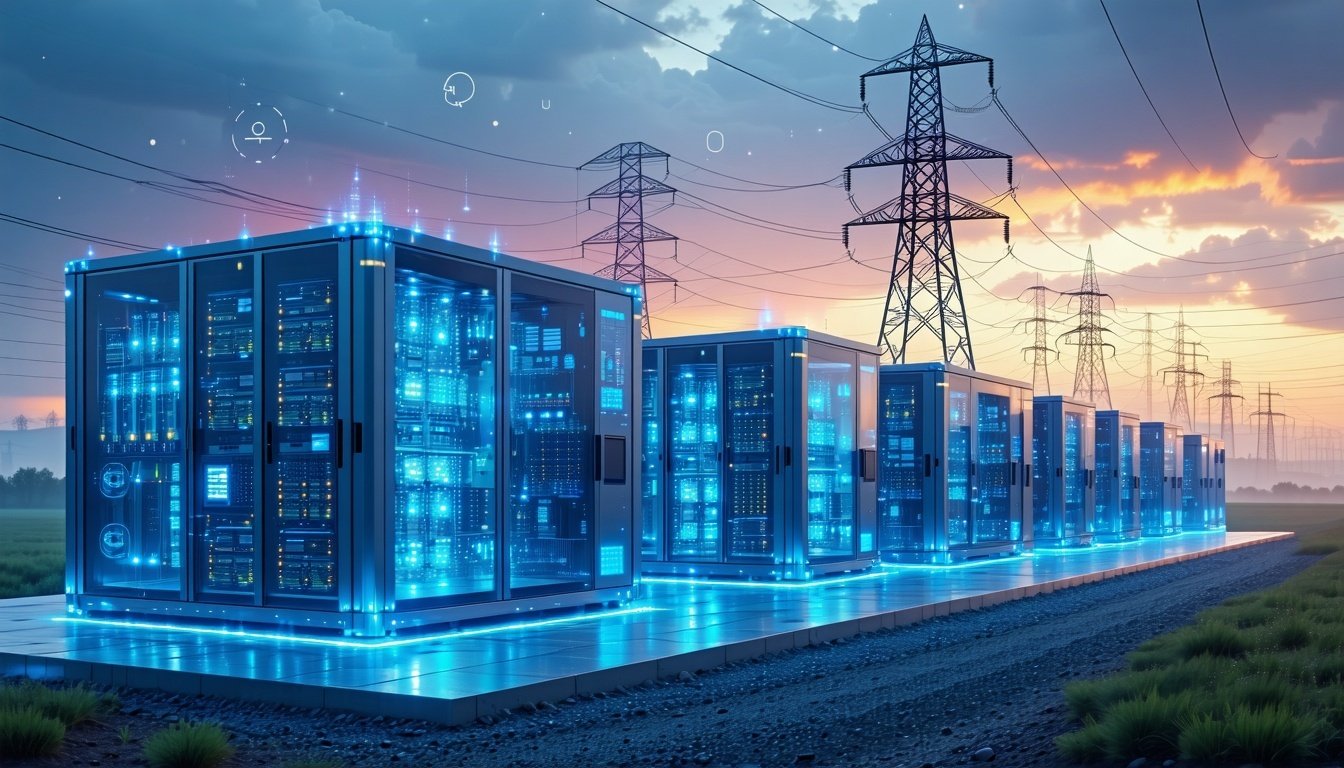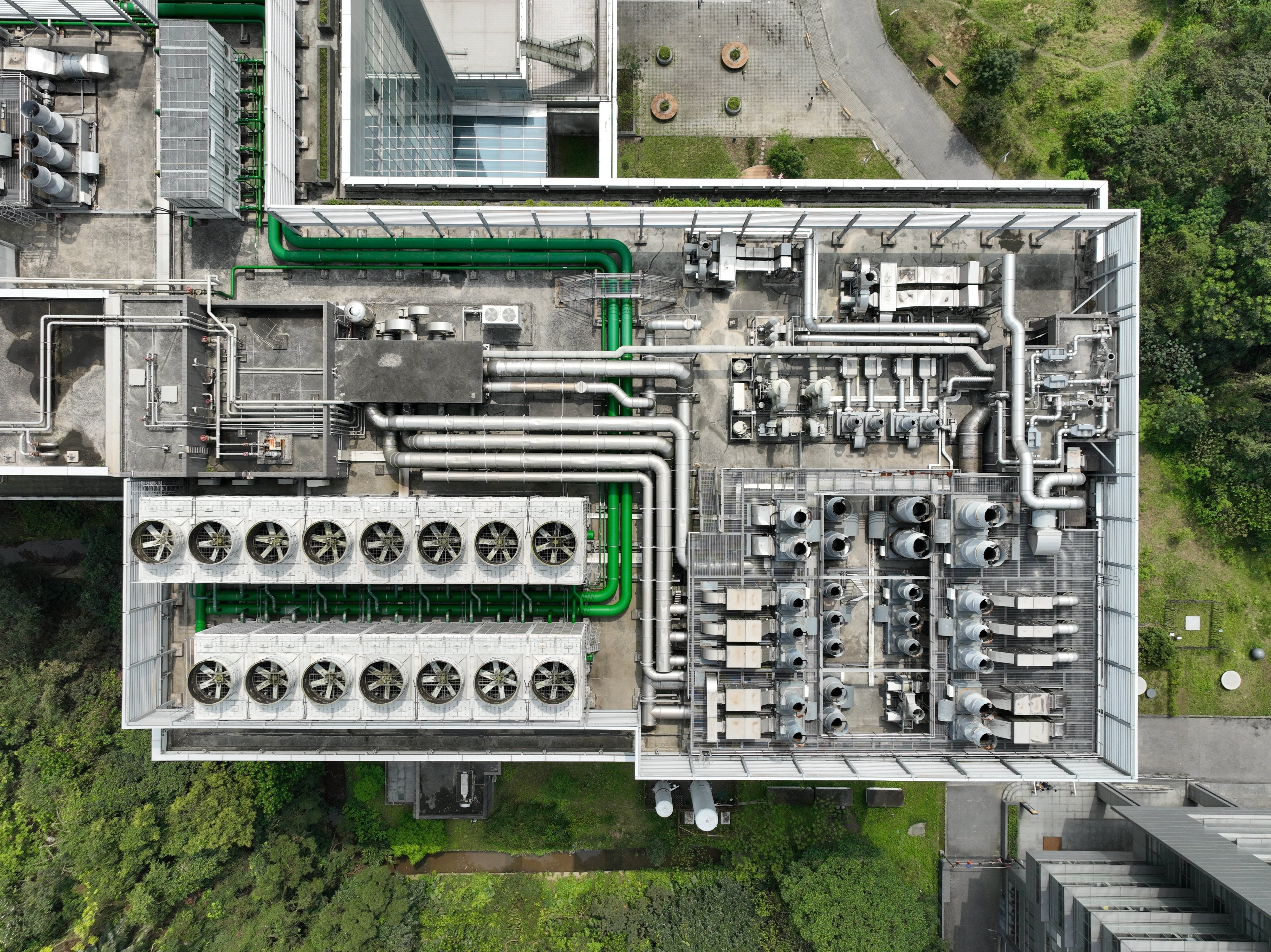KEY POINTS
-
Rapid growth in data centers, driven by AI, is reshaping construction, energy use, and local infrastructure demands in the United States.
-
The nation’s energy roadmap includes a renewed focus on nuclear power to meet increased demands while addressing resource and environmental concerns.
-
Accelerating innovation in AI and robotics will bring major advancements, but also workforce challenges and questions around future job creation.
The U.S. economy’s future is being shaped by the high-tech sector, creating a roadmap that construction firms must understand to succeed. This path begins with data centers, which have become essential for storing and processing the immense amount of data in ‘the cloud’.
The construction of these facilities, often costing a billion dollars or more, has been a significant driver for contractors.
The rise of artificial intelligence (AI) guarantees that the demand for data centers will not only continue but also accelerate. As AI leaders like OpenAI partner with tech giants, the need for computing capacity skyrockets.
These new AI data centers are larger and consume more energy and water, causing concern in local communities about resource shortages and rising utility costs.
Energy Challenges and Nuclear’s New Role
To maintain its global business leadership, the U.S. must solve this energy challenge without compromising environmental goals. This leads to the second step on the roadmap: a renewed interest in nuclear power.
Numerous nuclear fission projects are now being planned or revived. However, this path has its own obstacles.
The U.S. faces a looming shortage of enriched uranium, as it currently relies heavily on imports from Russia, a connection set to be cut by 2028. Ramping up domestic production is complicated by the need to revitalize processing plants for fluorspar, a key mineral in the enrichment process.
New nuclear projects, particularly small modular reactors (SMRs), also face challenges. Finding adequate cooling agents is a major issue as water supplies become scarce. Consequently, designers are exploring novel cooling technologies using gas, liquid metals, or molten salts.
The Future of Robotics and Workforce Impacts
This expansion of nuclear power could enable a future where AI’s greatest impact is in robotics. We could see advancements in self-driving vehicles, vertical take-off and landing craft (VTOLs), and sophisticated humanoids.
These AI-driven robots may soon build the next generation of robots, powered by quantum chips with exponentially faster processing speeds.
While this technological progression outlines a clear path forward, it also raises questions. The future envisioned by today’s decision-makers may not be as job-friendly for people as we might hope, presenting a significant consideration as we advance along this roadmap.
About ConstructConnect
At ConstructConnect, our software solutions provide the information construction professionals need to start every project on a solid foundation. For more than 100 years, our keen insights and market intelligence have empowered commercial firms, building product manufacturers, trade contractors, and architects to make data-driven decisions, streamline preconstruction workflows, and maximize their productivity. Our newest offerings—including our comprehensive, AI-assisted software—help our clients find, bid on, and win more projects.
ConstructConnect operates as a business unit of Roper Technologies (Nasdaq: ROP), a constituent of the Nasdaq 100, S&P 500, and Fortune 1000.
For more information, visit constructconnect.com


.jpg?upsize=true&upscale=true&width=255&height=165&name=GE%20Aerospace%20workers%20seen%20holding%20a%20device%20produced%20at%20their%20facility%20(PHOTO-%20GE%20Aerospace).jpg)


.jpg?upsize=true&upscale=true&width=100&height=100&name=GE%20Aerospace%20workers%20seen%20holding%20a%20device%20produced%20at%20their%20facility%20(PHOTO-%20GE%20Aerospace).jpg)


